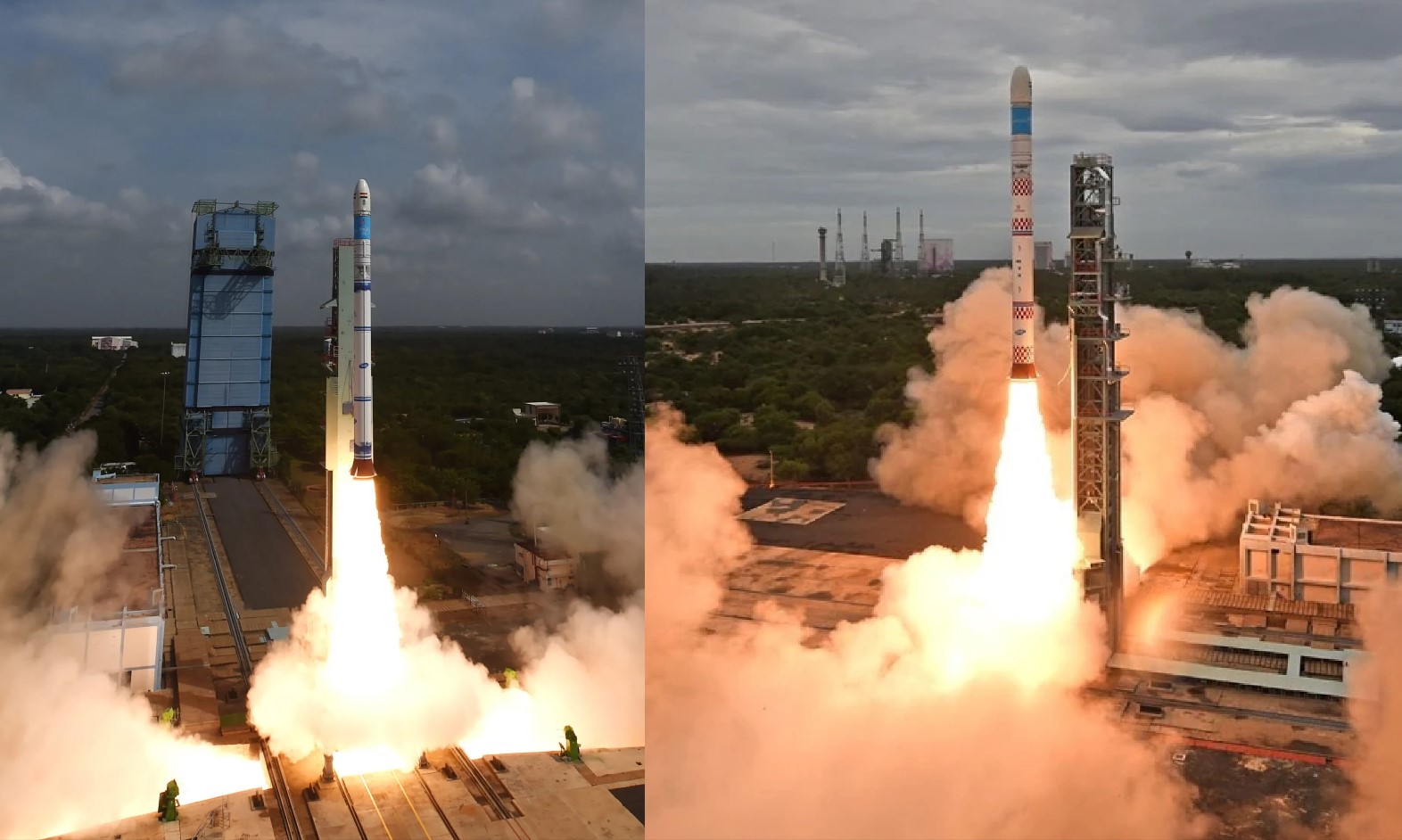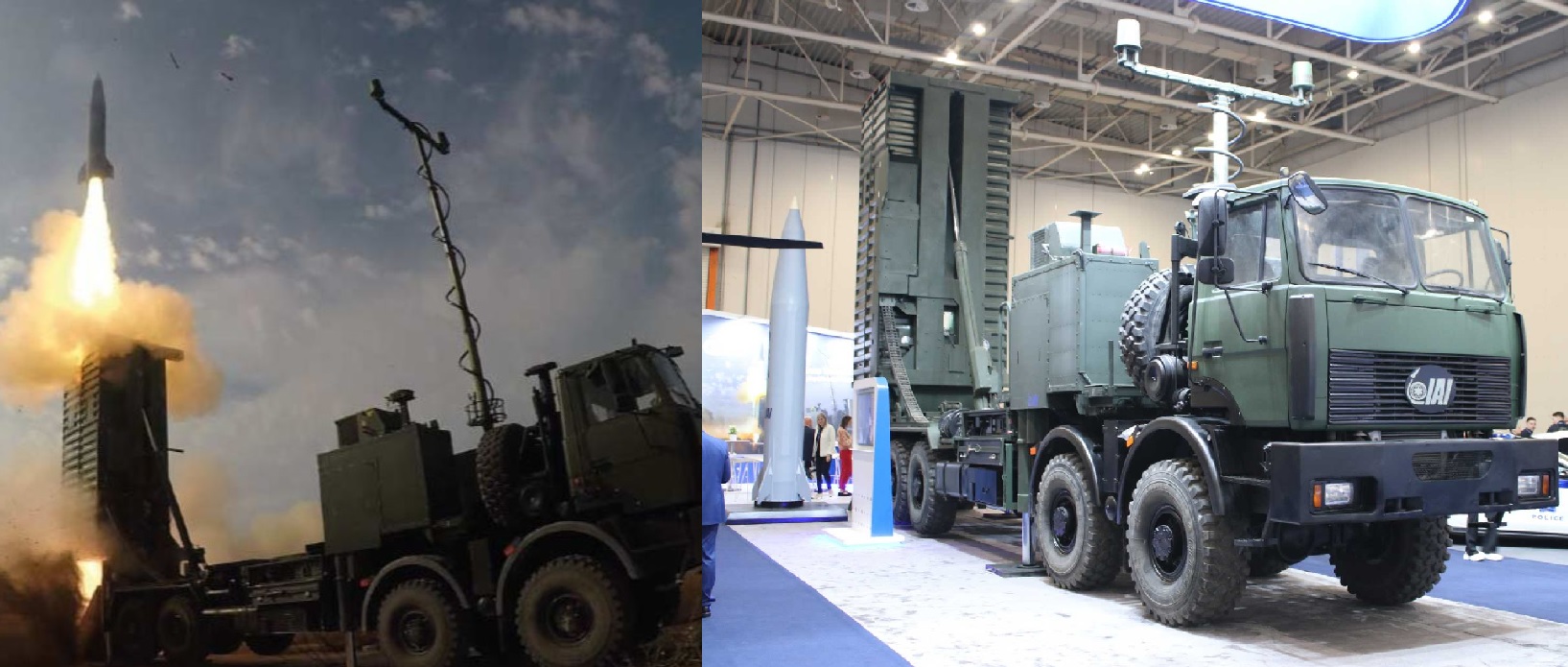NASA Gets $25.4 Billion in White House's 2025 Budget Request

Space News ,U.S :- The White House has proposed a budget of $25.4 billion for NASA in the fiscal year 2025, showing a 2% increase from the previous year's budget of $24.9 billion. This proposal was revealed on March 11, raising questions about the agency's financial future. It's important to note that the enacted budget for fiscal 2024, approved by Congress on March 8, was $24.9 billion, which represents a notable reduction from the $27.2 billion initially requested by the White House for the current fiscal year.
Despite the proposed increase for 2025, there's no certainty that NASA will receive the full $25.4 billion, as adjustments may occur during the budget approval process, which typically concludes before the fiscal year begins on October 1.
To put this in perspective, the proposed 2025 budget is a fraction of the overall federal spending, which is estimated to be around $7.3 trillion. Within this budget, $7.6 billion has been earmarked for NASA's Artemis program. This program's primary goal is to establish a human presence on and around the moon by the end of the 2020s.
The allocated funds for the Artemis program are crucial for maintaining the agency's schedule. NASA officials have outlined plans to launch astronauts around the moon in September 2025 with the Artemis 2 mission. Additionally, boots are expected to touch down near the lunar south pole with the Artemis 3 mission scheduled for a year later.
Notably, the proposed budget supports crewed spaceflight efforts closer to Earth. A significant portion, amounting to $109 million, is designated for the development of a vehicle in collaboration with the private sector. This vehicle aims to safely deorbit the International Space Station (ISS) around 2030. Furthermore, the budget continues to finance the development of one or more private successors to the ISS in low Earth orbit (LEO).
Margaret Vo Schaus, NASA's Chief Financial Officer, highlighted the inclusion of $170 million in the budget for three commercial LEO partnerships in Phase 1. These partnerships are currently progressing through early design maturation stages.
The proposed budget also allocates $2.73 billion for robotic planetary exploration. This funding will enable NASA to advance various missions, including the Dragonfly project—a rotorcraft designed to explore Saturn's moon Titan, which is believed to have conditions suitable for hosting life.
A significant portion of the $2.73 billion is reserved for the Mars sample return (MSR) project. This ambitious initiative, developed in collaboration with the European Space Agency, aims to bring samples collected by NASA's Perseverance rover back to Earth in the 2030s. However, MSR has faced challenges such as cost overruns and scheduling issues, as highlighted in a recent audit by the NASA Office of Inspector General.
Due to these challenges, the budget for MSR in 2024 and 2025 is yet to be finalized. NASA is awaiting information from an independent review committee, expected to issue a report at the end of March. Nicola Fox, associate administrator for NASA's Science Mission Directorate, acknowledged the need for tough choices in maintaining a balanced portfolio. The agency aims to provide clarity on the MSR budget in April, following the review team's report.
In summary, NASA's proposed budget for 2025 reflects a strategic allocation of funds for critical programs like Artemis, LEO partnerships, and planetary exploration. However, uncertainties surrounding the MSR project highlight the challenges the agency faces in managing costs and scheduling. As the budget approval process unfolds, the space community eagerly awaits NASA's decisions on these funding priorities.
✍️ This article is written by the team of The Defense News.






